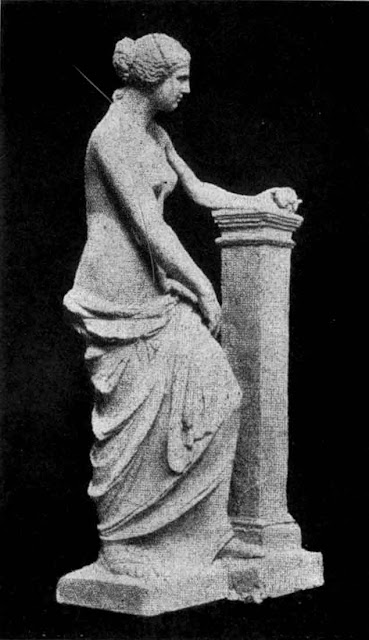-----------ooOoo-----------
April 8, 1820:
Venus de Milo discovered on the Aegean island of Milos
The Venus de Milo or Aphrodite of Melos is an ancient Greek marble sculpture that was created during the Hellenistic period. Its exact dating is uncertain, but the modern consensus places it in the 2nd century BC, perhaps between 160 and 110 BC. It was rediscovered on this date in 1820 on the island of Milos, Greece, and has been displayed at the Louvre Museum since 1821. Since the statue's discovery, it has become one of the most famous works of ancient Greek sculpture in the world.
The Venus de Milo is believed to depict Aphrodite, the Greek goddess of love, whose Roman counterpart was Venus. Made of Parian marble, the statue is larger than life size, standing over 2 metres (6 ft 7 in) high. The statue is missing both arms. The original position of these missing arms is uncertain.
A photograph of a proposed restoration of the Venus de Milo incorporating the arm fragments found with the statue at the time of its discovery
Other possible restorations:





No comments:
Post a Comment
Note: Only a member of this blog may post a comment.